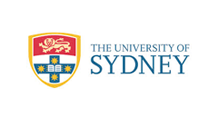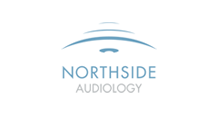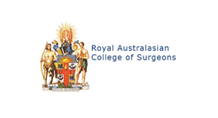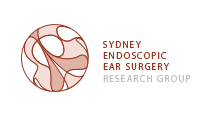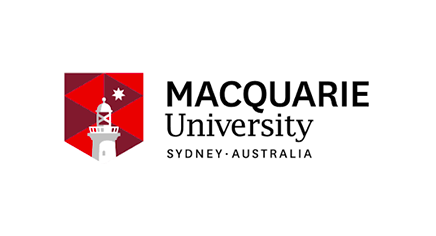Single Sided Deafness
Single sided deafness (SSD) refers to the loss of nerve hearing in one ear. Sudden hearing loss in one ear occurs in around 4000 Australians per year
Also know as Hearing Loss in One Ear
The current most common theories include viral infection of the inner ear or artery blockage of the inner ear. Other rarer causes include head trauma, surgery or inner ear tumors.
Usually the patient will have trouble hearing in situations with background noise (social situations, restaurants, noisy work places) as well as losing the ability to detect where the sound is coming from. Often with sudden SSD there is significant tinnitus or ringing in the ear.
An urgent hearing test to confirm the hearing loss.
An MRI of the ears and brain is important to exclude tumors or rare brain disorders presenting with hearing loss.
Ideally oral steroids (predinisone, dexamethasone) should be prescribed for 2 weeks (if there is no contraindication).
If the hearing does not improve and loss is severe then steroids may be injected into the middle ear to allow the medicine to enter the inner ear. This is performed by an ENT surgeon.
Occasionally hyperbaric or high oxygen therapy may be prescribed although this is time consuming and expensive to administer and outcomes are variable.
A hearing device called a CROS aid (Contralateral routing of sound) is a type of device that is prescribed from a reputable hearing clinic (link to Northside audiology). This device picks up sound from the bad side and sends it to the only hearing ear.
A lot of patients find this device useful, however, some do not like it as the device requires placing a hearing device in the bad ear as well as the good ear.
A Bone Anchored Hearing Device (BAHA or Sophono) is a surgically implanted device. The ENT surgeon places this device on the bad ear side and it sends sound to the good ear through the skull and brain. (Link to Baha page)
A Cochlear implant (Bionic ear) is an option to try and restore hearing on the non-functioning (or “dead” ear). Cochlear Implantation for single sided deafness is now main stream and offers a realistic chance of restoring hearing on the bad side. A cochlear implant is highly likely to reduce the tinnitus associated with SSD. Sound awareness returns on the deaf side, and there is significant improvement with hearing in noise. Sound localisation is less likely to return. To learn more about cochlear implants click here
Videos relating to Single Sided Deafness
Video by Associate Professor Nirmal Patel.
Still have a question?
Our team will be happy to answer any questions you may have about Cholesteatoma’s.



